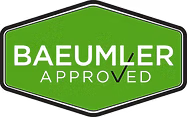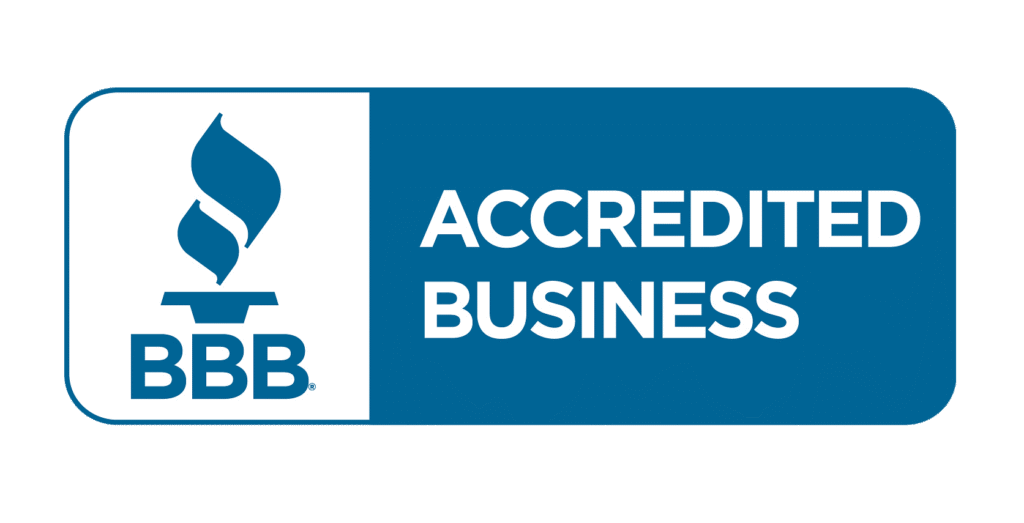Basement flooding is a common emergency faced by homeowners across Toronto. Our old infrastructure, heavy rain, and severe weather put many properties at risk. This is especially true in older neighbourhoods like East York, Forest Hill, and parts of Etobicoke.
If water floods your basement, you likely feel overwhelmed. Water damage can be expensive, and worse, it can be dangerous. But with quick thinking and the right steps, you can reduce the damage and recover faster.
This complete guide will help you handle a basement flood safely, clean up properly, and reduce the chances of it happening again.
1. Safety Comes First, Toronto
Before you rush to grab a mop or call your insurance provider, make sure your home is safe to enter.
⚠ Electrical Risks
If the water level is high enough to reach electrical outlets or appliances, stay out of the basement.
- Shut off power at the main breaker only if you can reach it safely
- Avoid using light switches or appliances
- Contact a licensed electrician to inspect your system
⚠ Gas Leaks
Toronto homes with natural gas heating systems can be at risk. If floodwaters reach appliances such as the furnace or water heater, it can be dangerous.
Signs of a leak include:
- Rotten egg smell
- Hissing sounds
- Dying grass or plants near gas lines
Leave the house immediately and call 911 or Enbridge Gas.
⚠ Sewage Contamination
If your flood is caused by a sewer backup, the water may contain bacteria, viruses, and hazardous waste.
Wear full protective gear:
- Rubber gloves and boots
- Safety goggles
- N95 mask
- Waterproof clothing or disposable coveralls
Keep children and pets far away from the basement.
2. Identify and Stop the Water Source in Toronto
Pinpoint where the water is coming from:
- Burst pipe: Shut off the main water valve immediately
- Rainstorm or melting snow: Your sump pump or backwater valve may be overwhelmed
- Sewage backup: Avoid using toilets, taps, or appliances that drain water
If you can’t identify the cause—or if it’s not safe—call an emergency plumber or flood cleanup specialist right away.
3. Contact Your Insurance Provider in Toronto
Basement floods in Toronto may or may not be covered by your insurance. It depends on the kind of coverage you bought.
Take These Steps:
- Call your insurance company as soon as possible
- Take clear photos and videos of everything affected
- Write a list of damaged belongings, with estimated values.
- Keep receipts for cleanup, repairs, and accommodations
Note:
Most standard home insurance policies do not cover sewer backups or overland water. You need to include this coverage. Ask your provider about sewer backup insurance or overland water protection.
4. Begin Emergency Cleanup (If Safe), Toronto
Cleaning up after a basement flood is urgent—mold can begin to grow in just 24 to 48 hours. But only begin if the area is safe and you have proper protection.
Remove Standing Water:
Use:
- Wet/dry vacuum (for smaller jobs)
- Sump pump
- Professional restoration team
Never use a regular household vacuum for floodwater.
Dry and Disinfect:
- Open windows and run fans and dehumidifiers
- Wash hard surfaces with hot water and detergent
- Disinfect with a bleach solution: 1 cup bleach per 5 gallons of water
- Never mix bleach with ammonia
Discard Unsalvageable Items:
Items soaked with floodwater—especially if contaminated—should be discarded, including:
- Carpets and underpads
- Upholstered furniture
- Mattresses and pillows
- Stuffed toys, books, and paper materials
- Contaminated drywall and insulation
Check Toronto’s garbage and recycling calendar for disposal instructions.
5. Hire Our Professional Flood Restoration Company in Toronto
Flood cleanup is not always a job you can do yourself. If you’re dealing with sewage, significant water damage, or structural concerns, call a professional.
What to Look For:
- IICRC-certified technicians
- 24/7 emergency service
- Experience with mold prevention, sewage cleanup, and structural drying
Recommended in Toronto:
CPR24 Restoration provides quick, certified flood response in all Toronto neighbourhoods. This includes Scarborough, North York, Downtown, the Danforth, and High Park.
6. Follow the City of Toronto Basement Flooding Cleanup Guidelines
The City of Toronto recommends the following when dealing with a basement flood, especially if sewage is involved:
- Hire pros experienced in contaminated basement cleanup
- Wear gloves, boots, eye protection, and a mask
- Open windows for ventilation
- Avoid using electrical devices unless deemed safe by an electrician
- If you detect gas, leave the house immediately and call your gas company
- Use hot water and detergent, followed by bleach, for disinfecting surfaces
- Remove and discard all contaminated drywall, insulation, and soft items
- Wash all clothes used during cleanup separately in hot water
7. Prevent Future Floods in Your Toronto Home
You might not stop every flood, but you can do a lot to reduce the chances of it happening again.
✅ Install a Backwater Valve
These devices stop sewage from backing into your basement.
Toronto has a Basement Flooding Protection Subsidy program Toronto. This program helps pay for up to 80% of installation costs, up to $1,250.
✅ Install or Upgrade Your Sump Pump
A sump pump removes groundwater before it enters your basement. Choose one with:
- Battery backup (in case of power outages)
- Alarm alerts
- High-capacity motor
✅ Improve Outdoor Drainage:
- Slope the soil away from your home
- Extend downspouts at least 2 metres away
- Keep eavestroughs clean and free of debris
✅ Renovate Smart:
If you’re rebuilding after a flood, consider:
- Ceramic tile or vinyl instead of carpet
- Elevating appliances and electrical systems
- Waterproof insulation (closed-cell spray foam)
- Storage on shelves or in watertight containers
8. Tips Most People Forget During a Flood in Toronto
Many homeowners forget small things that can make a significant impact. Keep these extra tips in mind:
- Don’t run dishwashers, washing machines, or toilets when your basement is flooding—this worsens backups
- Notify neighbours if the problem may be city-wide or coming from a shared sewer line
- Use flood sensors or water alarms for early warning in the future
- Create an emergency plan and checklist for your family
- Keep a small supply of sandbags if you’re in a flood-prone area
9. Final Thoughts: Take Control, One Step at a Time, Toronto
A flooded basement in Toronto is a nightmare no one wants to deal with. But by taking fast, informed action, you can minimize damage, stay safe, and recover with fewer headaches.
Quick Summary:
- Safety is #1: Watch out for electricity, gas, and sewage
- Call your insurance provider ASAP and document everything
- Remove water, disinfect surfaces, and dispose of damaged items
- Hire pros if the damage is severe or contaminated
- Invest in prevention to protect your home in the future
Handling Basement Flood Emergencies in Toronto
Basements are one of the most flood-prone areas of any home. Being below ground level, they are especially vulnerable to water intrusion. Even if you’ve never had flooding issues before, no basement is immune. The risk is even greater if you live in a floodplain or a neighbourhood in Toronto that has a history of basement flooding.
Sometimes, even with the best preventative measures in place, flooding can still happen. That’s why your response time is critical. The faster you act, the better your chances of minimizing the damage.
When you call CPR24 Restoration right after a basement flood, our expert team can start working fast. This helps reduce water damage to your home. If water floods your basement, act quickly to prevent further damage.
If your basement has flooded, act quickly to prevent more damage. CPR24 Restoration helps homeowners with basement flooding cleanup in Toronto. We provide quick, professional, and affordable service when you need it.
CPR24 Restoration has the tools and skills to handle basement floods of any size. We respond quickly, professionally, and at a fair price.
CPR24 Restoration provides 24/7 emergency flood cleanup in all Toronto neighbourhoods.
- Certified technicians
- Fast response
- Full-service cleanup & restoration
📞 Call CPR24 Restoration now for help with your flooded basement.








